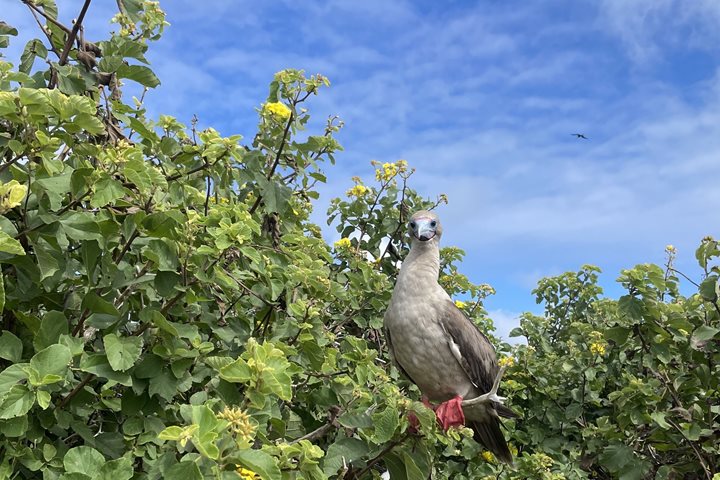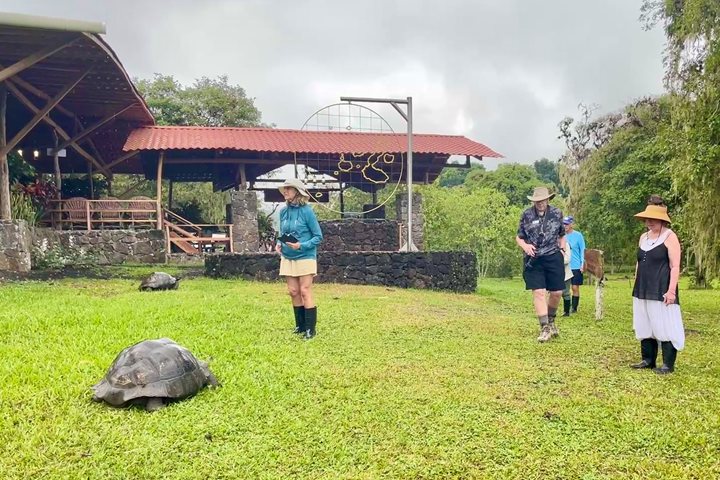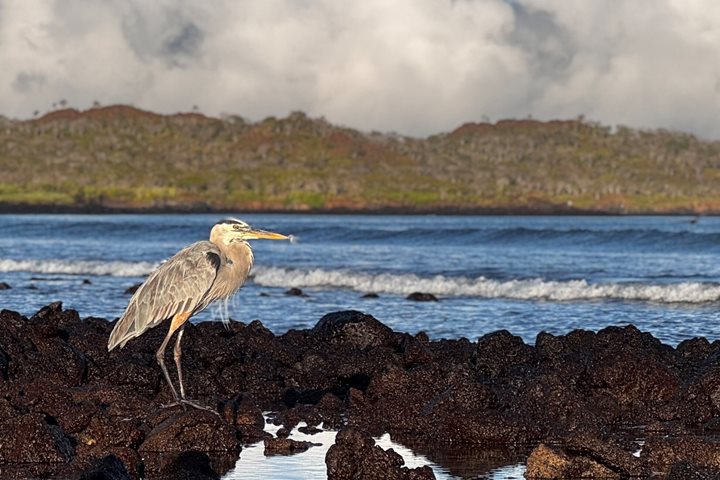The highest rates of endemic species are found in the eastern and southern islands. This is due to the fact that they are the first islands on the path of the prevailing winds and currents which flow from the southeast. This means that creatures have been established here for longer, giving them time to evolve into new forms. Amongst the endemic species unique to Española we can find the mockingbirds, lava lizards and the Española ground finch. The island is also home to the only tropical albatross in the world: the waved albatross. The white coralline beaches and bays of the island make the perfect habitat for one of the most charismatic species of the islands, the Galapagos sea lion.
5/29/2025
Read
National Geographic Gemini
Genovesa Island
Genovesa is considered one of the Galapagos crown jewels, and today it was showing off all of its splendor. Immediately after breakfast we put on our sturdy shoes and set out to explore Prince Philip’s Steps. This area is known for opportunities to observe not only large colonies of nesting Nazca and red-footed boobies, but maybe, just maybe, the short-eared owl which exhibits diurnal behavior on this island. After this walk we got ready for a dip in the Pacific Ocean and snorkeling along the inner coast of this caldera. The afternoon was equally amazing as we disembarked to explore Darwin Bay, along a short and easy trail that was packed with wildlife. Here we observed not only nesting frigatebirds, red-footed boobies, and Nazca boobies, but also a few yellow-crowned night herons. It was another incredible afternoon in the Galapagos Islands.







